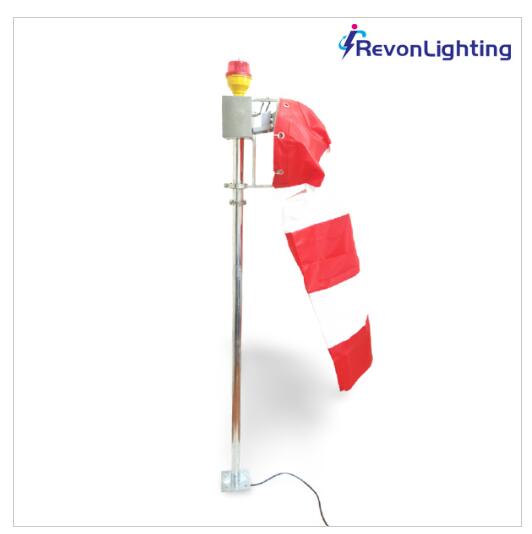Wind Cone and Windcone: The Essential Wind Indicators in Aviation
In aviation, accurately assessing wind conditions is critical for safe takeoffs, landings, and ground operations. Among the most fundamental yet indispensable tools for this purpose are the wind cone and windcone (also written as one word). These simple yet highly effective devices provide pilots and ground personnel with real-time visual wind direction and speed information. While often overlooked compared to advanced electronic systems, wind cones remain mandatory at airports, helipads, and airstrips worldwide. This article explores their design variations, operational principles, regulatory requirements, and enduring importance in modern aviation.
Design and Functionality
Basic Construction
The standard wind cone consists of:
A freely rotating fabric sleeve (typically orange/white or all orange)
A metal frame or support pole
A bearing system allowing 360° rotation
Optional illumination for nighttime use

Windcones may vary in size from 1.2m for small helipads to 3.6m for major airports, with larger versions providing better visibility from greater distances.
Operating Principles
The device functions through simple aerodynamics:
The open larger end catches the wind
The tapered smaller end allows smooth airflow
The sleeve aligns itself with wind direction
The angle of extension indicates wind speed (fully extended = strong winds)
Types and Variations
1. Standard Airport Wind Cones
Large-scale (2.4m+ length)
High-visibility colors (often alternating orange/white)
Installed near runway thresholds
2. Helipad Windcones
Compact designs (1-1.5m)
Frequently combined with lighting systems
May include dual cones for complex wind patterns
3. Portable Units
Lightweight folding frames
Used for temporary airstrips/emergency operations
Often deployed with military field operations
4. Enhanced Visibility Models
LED-illuminated versions
High-contrast fluorescent materials
Animated digital windcones (emerging technology)
Regulatory Requirements
International Standards
ICAO Annex 14 mandates:
Mandatory installation at all certified aerodromes
Specific placement requirements relative to runways
Minimum size specifications based on facility type
FAA Regulations
AC 150/5345-27 details performance standards
Requires specific color patterns for contrast
Specifies maintenance and inspection protocols
Lighting Requirements
Night operations require:
Medium-intensity white lights
Red lights for obstruction marking
Optional flashing beacons for enhanced visibility
Operational Significance
Pilot Decision-Making
Determines optimal runway approach
Influences takeoff/landing direction
Affects crosswind component calculations
Ground Operations
Guides aircraft taxiing
Affects ramp safety procedures
Influences ground equipment movement
Emergency Situations
Critical for helicopter EMS operations
Essential during instrument failures
Vital for visual flight rules (VFR) operations
Maintenance and Reliability
Routine Inspections
Daily visual checks for damage
Monthly bearing lubrication
Annual structural integrity tests
Common Issues
Fabric tearing from UV exposure
Bearing corrosion in coastal areas
Ice accumulation in cold climates
Longevity Factors
Typical service life: 5-7 years
High-quality models last 10+ years
Fabric replacement every 2-3 years
Technological Advancements
Modern Materials
Ripstop nylon fabrics
Corrosion-resistant alloys
UV-stabilized coatings
Smart Windcones
Integrated anemometers
Wireless data transmission
Automated status alerts
Hybrid Systems
Combining traditional cones with digital displays
Augmented reality overlays for pilots
Solar-powered lighting systems
Future Developments
Automated Wind Analysis
AI-powered pattern recognition
Predictive wind modeling
Integration with airport management systems
Sustainable Designs
Recyclable materials
Energy-neutral operation
Reduced maintenance requirements
Enhanced Visual Systems
Dynamic color changing
3D wind visualization
Holographic displays
From small grass airstrips to major international airports, the humble wind cone and windcone continue to serve as vital links in aviation safety. Their simple mechanical design belies their critical importance in providing immediate, reliable wind information. As aviation technology advances, these enduring devices evolve through material science and smart features while maintaining their fundamental purpose. Whether in traditional fabric form or as part of integrated digital systems, wind cones will remain essential visual references for aviation professionals worldwide, proving that sometimes the simplest solutions are the most enduring.
